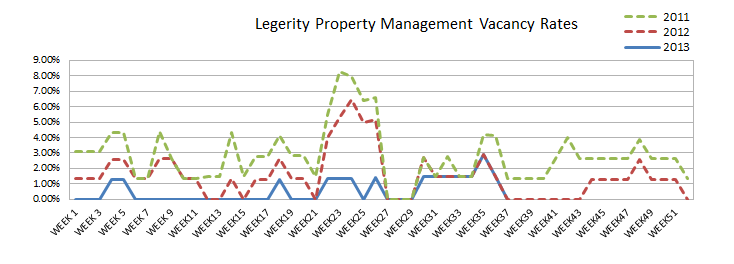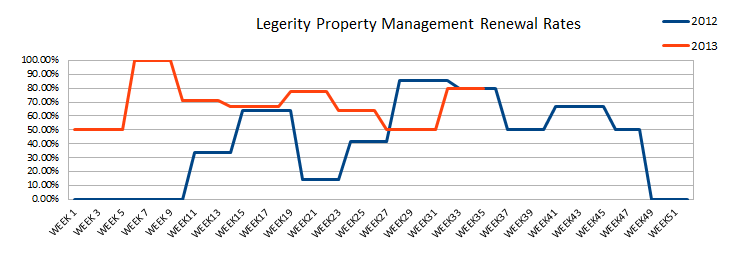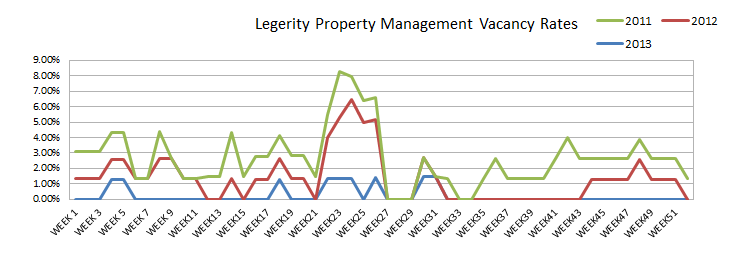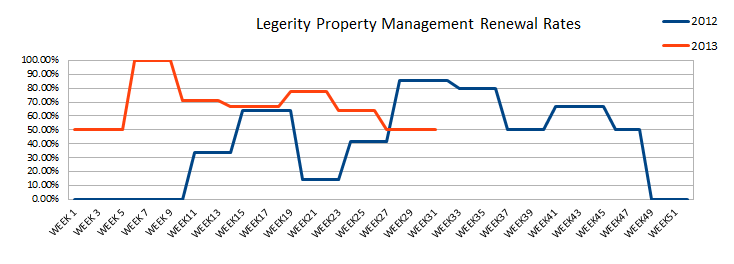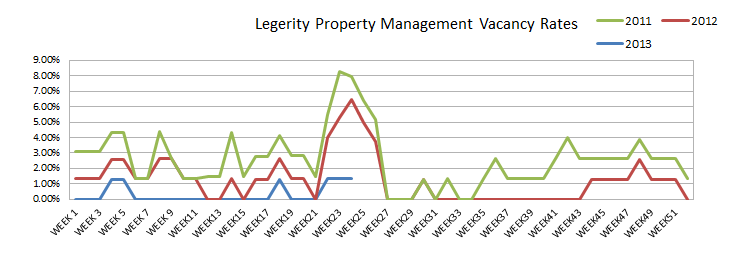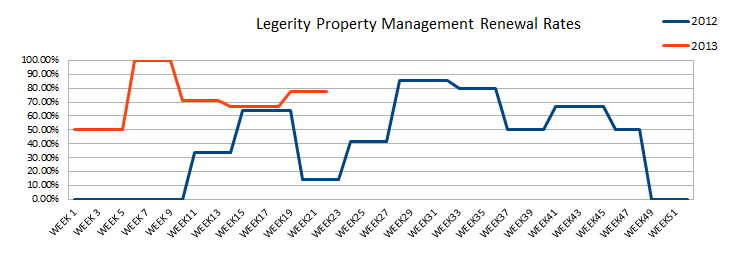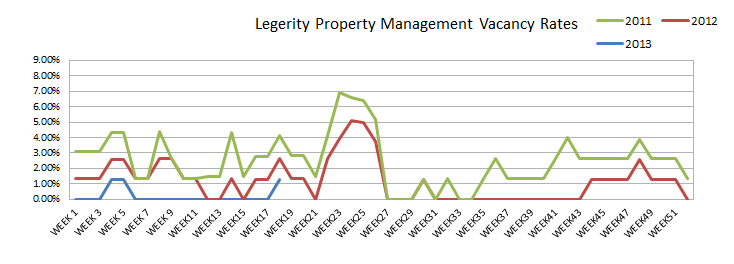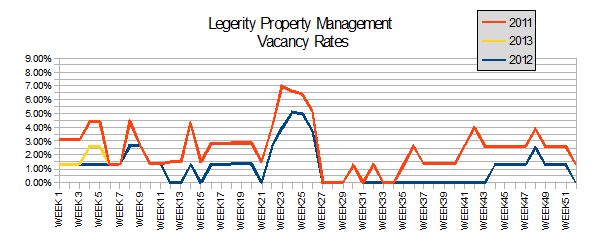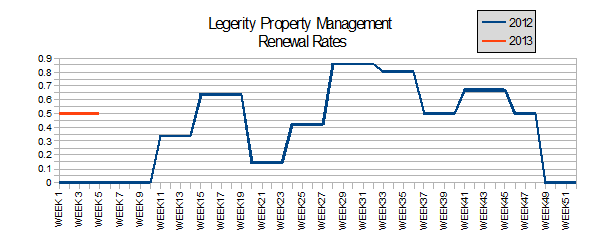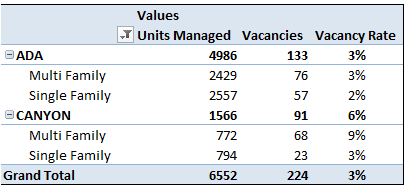What would have happened
As of May 1st this year, any new construction or replacement of existing gas furnaces in the Northern states would have been required to be 90%+ efficiency units. The non-condensing, 80% efficiency furnaces that exist in many homes would no longer have been permitted for new construction and would have required upgrading if replacement was necessary.
The benefits of 90%+ efficiency furnaces
Over the course of the equipment’s life, they are much more cost-effective, particularly in the colder climates that require significant use of the furnace. Since a therm of gas is using 90% of the maximum heat from the natural gas rather than only 80%, gas bills are less, consumption of finite resources is reduced, and less carbon dioxide is released into air. Here in Boise, we currently have been plagued with inversions wherein the population is forced to breathe in the various pollutants trapped in the valley. Although Boise air quality is usually better-than-average, reduced emissions from homes would certainly improve our air quality, most noticeably in the winter. Although it’s difficult to measure, less pollutant exposure has been associated with being less susceptible to respiratory infection, so people would be less likely to get sick as well – a significant factor in lost worker productivity and generally happiness.
Additionally, as tenants are becoming ever more aware of utility bills when shopping for homes, greater efficiency equipment is continually becoming a more significant marketing tool and reason for fetching higher rents!
The drawbacks and why the legislation is to be repealed
In new construction, as proper installation can be easily accomplished, high-efficiency furnaces make great sense and even in many retrofit situations, they are cost-effective solutions as well; however, there are many situations where the installation costs become very cost-prohibitive. High-efficiency, condensing furnaces have greater needs in terms of addressing ventilation and condensation. Often times, chimneys have to be redone if they were previously shared with a hot water heater, or new furnace and ventilation placement for retrofits would have to be done such that they are taking up formerly usable living space, which extremely diminishes the value of a home.
As one might imagine, the air conditioner industry was largely involved in opposing the legislation largely due to what they believe would cause a considerable excess of low-efficiency furnace inventory in the region: a legitimate concern. The Department of Energy has stated they will still continue looking for a way to move forward with improved efficiency standards. The possible solutions are really quite simple, and it’s somewhat surprising there was a need to entirely restart the process. Possible solutions include only requiring the higher standards for new construction and exempting all retrofits, or simply creating a waiver process by which retrofits that would be cost-prohibitive would be exempted from the policy. The DoE has done such waiver programs in the past, mostly with commercial applications, and it does require quite an administrative expense, so it would likely be more efficient to simply exempt retrofits entirely and let those units be replaced as they do become cost-effective through market forces. A total exemption or waiver process would also allow equipment manufacturers to continue selling their inventory of 80% efficiency furnaces and reduce production and distribution of such units in a more gradual fashion.

